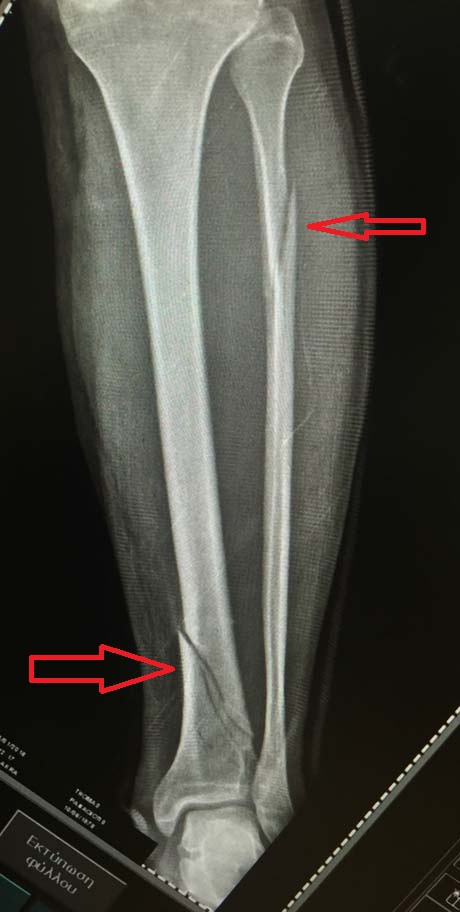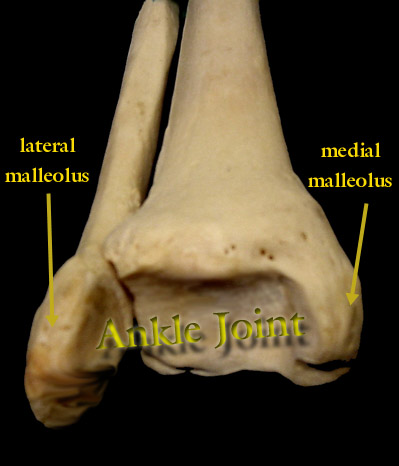

Finally, the higher rate of acute compartment syndrome occurring in tibial shaft fractures associated to other musculoskeletal, thoraco-abdominal or cranio-cerebral injuries must raise the level of suspicion of any surgeon managing multiply injured patients. Radiographic signs of significant displacement were not found to be correlated to acute compartment syndrome development.

However, larger studies are mandatory to confirm and refine the prediction of acute compartment syndrome occurrence. This observation may be useful when clinical findings are difficult to assess (doubtful clinical signs, obtunded, sedated or intubated patients). One radiological parameter related to the occurrence of acute compartment syndrome has been highlighted in this study, namely a longer distance from the centre of the tibial fracture to the talar dome, meaning a more proximal fracture. In the multivariable regression model, four covariates remained statistically significantly associated with acute compartment syndrome: polytrauma, closed fracture, associated tibial plateau or pilon fracture and distance from the centre of the tibial fracture to the talar dome ≥15 cm. ResultsĪcute compartment syndrome developed in 31 (11.4%) cases. Statistical significance was defined as p < 0.05. Finally, a multivariable logistic regression model was built, and odds ratios and 95% confidence intervals were obtained. Univariate analysis was performed and each covariate was adjusted for age and sex. open fracture) and radiological parameters (AO/OTA classification, presence or absence of a noncontiguous tibial plateau or pilon fracture, distance from the centre of the tibial fracture to the talar dome, distance between tibial and fibular fracture if associated, and angulation, translation and over-riding of main tibial fragments) were evaluated regarding their potential association with acute compartment syndrome. Patient-related (age, sex), fracture-related (high- vs. The outcome measure was acute compartment syndrome. MethodsĢ70 consecutive adult patients sustaining 273 tibial shaft fractures between January 2005 and December 2009 were included in this retrospective cohort study. The purpose of this study was to evaluate the association between epidemiological, clinical and radiographic factors of patients with tibial shaft fractures and the occurrence of acute compartment syndrome.


 0 kommentar(er)
0 kommentar(er)
